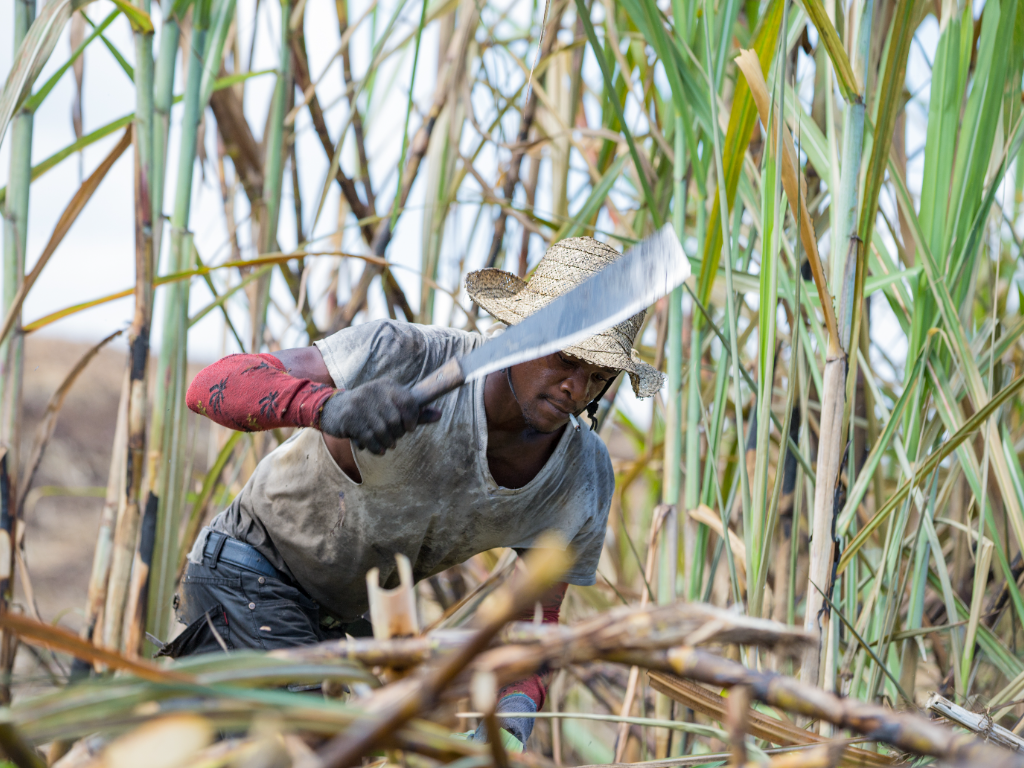In the heart of Kenya's agricultural landscape, manual cane harvesting remains a prevalent practice, with farmers relying on skilled labor armed with machetes, locally known as pangas, to harvest sugarcane. While this method has sustained the industry for generations, it comes with inherent risks that demand urgent attention. Today, we delve into the critical issue of safety surrounding manual cane harvesting, shedding light on the responsibilities incumbent upon both farmers and harvesters to ensure a safer working environment.
Farmer Responsibility:
First and foremost, it falls upon the shoulders of farmers to prioritize the safety and well-being of their workforce. Here are key considerations for farmers:
1. Training and Education: Farmers must invest in comprehensive training programs to equip harvesters with the necessary skills to handle machetes safely. Training should encompass proper handling techniques, recognizing and avoiding potential hazards, and emergency response procedures.
2. Provision of Protective Gear: It is imperative that farmers provide harvesters with adequate personal protective equipment (PPE) such as gloves, boots, and eye protection to mitigate the risk of injuries.
3. Worksite Safety: Farmers should conduct regular inspections of worksites to identify and mitigate potential hazards. This includes maintaining clear pathways, removing obstacles, and ensuring proper lighting, especially during early morning or late evening shifts.
4. Emergency Preparedness: Farmers should establish protocols for responding to emergencies, including medical emergencies, snake bites, and accidents. Accessible first aid kits and emergency contact information should be readily available on-site.
5. Regular Health Check-ups: Implementing regular health check-ups for harvesters can help detect and address health issues early on, ensuring a healthy and resilient workforce.
Harvester Responsibility
Harvesters themselves also play a crucial role in ensuring their own safety and that of their colleagues. Here's what harvesters can do to mitigate risks:
1. Machete Handling Skills: Harvesters must demonstrate proficiency in handling machetes safely. This includes maintaining a firm grip, maintaining the blade's sharpness, and avoiding careless or reckless use.
2. Vigilance and Awareness: Harvesters should remain vigilant and alert while working in the fields, scanning their surroundings for potential hazards such as uneven terrain, hidden obstacles, or wildlife.
3. PPE Utilization: It is incumbent upon harvesters to wear the provided protective gear at all times to minimize the risk of injuries. This includes wearing gloves to protect hands from cuts and boots to prevent injuries from sharp objects.
4. Reporting Hazards: Harvesters should promptly report any unsafe working conditions or hazards to their supervisors, ensuring swift corrective action is taken to mitigate risks.
5. First Aid Training: Acquiring basic first aid training equips harvesters with the skills to administer immediate care in the event of injuries or emergencies, potentially saving lives in critical situations.
Manual cane harvesting forms the backbone of Kenya's sugar industry, yet the safety of those engaged in this labor-intensive work cannot be overlooked. By fostering a culture of safety, collaboration, and mutual responsibility between farmers and harvesters, we can strive towards a future where manual cane harvesting is not only productive but also safe and sustainable. Together, let us commit to prioritizing the well-being of our agricultural workforce, ensuring that every harvester returns home safely at the end of the day.

